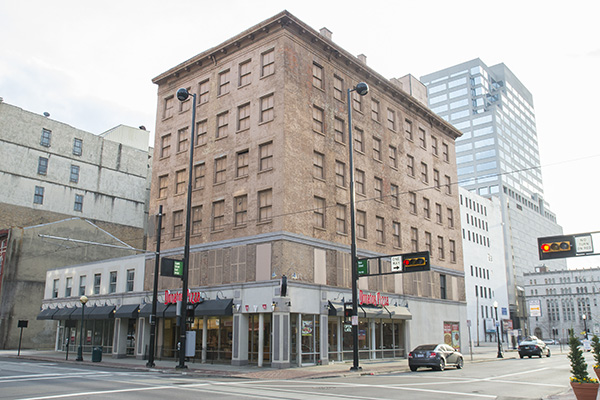Introduction: Bridging the Past and Present with Adaptive Reuse
In the realm of architecture and real estate, there exists a fascinating synergy between history and innovation known as adaptive reuse. This captivating journey delves into the intricate art of repurposing historic structures, where the rich tapestry of the past intertwines seamlessly with the conveniences of the modern age.
The Core of Adaptive Reuse: Preserving Heritage
Adaptive reuse is a multifaceted process that demands careful planning, historical reverence, and a vision for the future. We shall delve into its core elements:
- Historical Research: Uncover the pivotal role of historical research in adaptive reuse projects. Discover how architects, historians, and preservationists collaborate to ensure authenticity and historical accuracy.
- Architectural Preservation: Delve into the significance of preserving the original architectural elements, from grand facades to ornate interior details. This maintains the historical charm of the building.
- Modernization Challenges: Understand the complexities of modernizing a historic structure while adhering to stringent preservation guidelines. We’ll explore the ingenious methods, materials, and technologies used to overcome these challenges.
Adaptive Reuse in Action: Transforming the Past into Comfortable Modernity
The enchanting magic of adaptive reuse unfolds when history merges harmoniously with contemporary comforts. We’ll explore the various forms it takes:
- Residential Conversions: Step into the world of historic buildings transformed into modern homes. Understand the unique challenges and the allure of living within a piece of history.
- Commercial Adaptations: Discover how historic structures find new life as vibrant commercial spaces. This includes boutique hotels, charming restaurants, dynamic coworking hubs, and enticing retail stores.
- Cultural and Art Centers: Explore how museums, galleries, and cultural centers breathe life into history, serving as guardians of cultural heritage and offering modern platforms for artistic expression.

Image by: https://www.commercialsearch.com/
Inspiring Examples: Adaptive Reuse in Practice
To showcase the art of adaptive reuse, we’ll embark on a virtual tour through some of the world’s most remarkable examples:
- The High Line, New York City: Delve into the transformation of a disused railway line into a stunning elevated park, preserving the railway’s history while adding a modern urban twist.
- London’s Tate Modern: Step into the iconic Tate Modern, a converted power station that now stands as one of the world’s most celebrated modern art museums, embracing its industrial past.
- Rijksmuseum, Amsterdam: Immerse yourself in the Rijksmuseum, a masterful restoration project that elegantly blends historical preservation with modern functionality, creating an iconic cultural destination.
Comparative Table: Adaptive Reuse Techniques
Let’s provide a visual comparison of various techniques used in adaptive reuse:
| Technique | Benefits | Characteristics |
|---|---|---|
| Historical Research | Authenticity, historical accuracy | Extensive archival research and expert collaboration |
| Architectural Preservation | Preservation of heritage, aesthetic continuity | Restoration of original materials and craftsmanship |
| Modernization Challenges | Improved functionality, integration of technology | Utilization of innovative materials and technologies |
Conclusion: The Harmonious Confluence of Past and Present
In conclusion, adaptive reuse is a testament to the timeless appeal of history and the ever-advancing comfort of the modern era. It is a bridge that gracefully connects the past and the present, fostering a sustainable and harmonious future.
This article has unveiled the meticulous process of rejuvenating historic structures, encapsulating the essence of the past within modern functionality. Whether you’re a history enthusiast, an architect, or someone who wishes to live or work in a piece of history, understanding these techniques is essential to appreciate and participate in this remarkable transformation.
Adaptive reuse is the embodiment of historical charm coexisting with modern comfort, where the stories of yesteryears continue to enrich our lives today and inspire the future.












